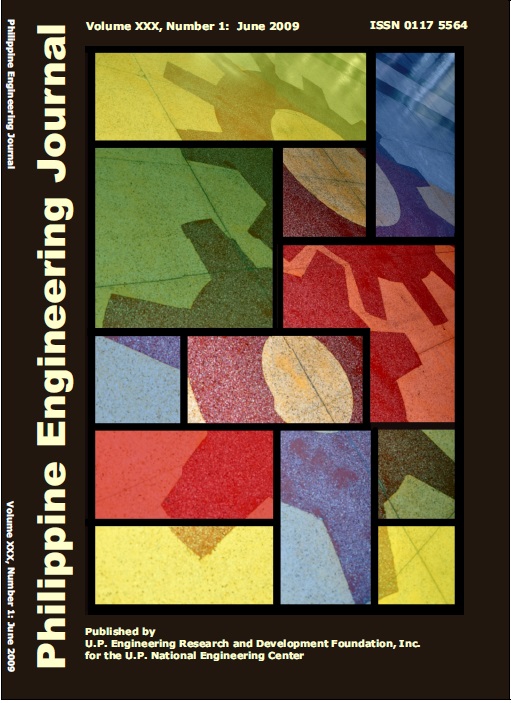Effect of Low Frequency Ultrasonication as a Pre-Chlorination Treatment in the Inactivation of Streptococcus Faecalis in Drinking Water
Abstract
Water disinfection has two goals: the inactivation of pathogens and the protection from subsequent intrusion of microorganisms downstream of the distribution system. Although excess disinfectant is necessary to prevent biological regrowth and inactivation of pathogenic organisms, the concern for the carcinogenic effects of disinfection by-products should also be addressed due to its environmental and health effects. Presently, ultrasonic disinfection is considered as an alternative method. However, ultrasonication alone cannot ensure non-intrusion of pathogens because it lacks a residual effect. Considering this, this study used ultrasonication as a pre-treatment method to reduce chlorine dose while maintaining effectiveness in the inactivation of Streptococcus faecalis. S. faecalis is a pathogenic organism that serves as an alternative indicator of fecal contamination in water. The experiments were divided into three phases: ultrasonication, chlorination, and sequential disinfection, where ultrasonication is used as pre-chlorination treatment. In ultrasonication, amplitude setting and exposure time were varied from 30-100 percent and 1-30 minutes, respectively. The US processor was operated at a fixed frequency of 20 kHz. At 100 percent amplitude, the recorded power was approximately 33 W. This phase resulted in an inactivation rate constant kstrep = 0.0293 and 0.399 log reduction units at 100 percent amplitude and 30 minutes of exposure time. Chlorination made use of different concentration, 0.5-10 ppm. 1ppm of chlorine yielded a 0.24705 log reduction units after 1 minute contact time. In sequential disinfection, 5 minutes of ultrasonication was followed by chlorination using different concentrations. A substantial increase in inactivation was observed from 1 min chlorination and sequential disinfection, from 0.24705 log reduction units to 0.46535. The use of sequential disinfection lowered chlorine concentration from 5 ppm to 1 ppm and shortened the contact time from 5 minutes to 1 minute while maintaining effectiveness of disinfection.


